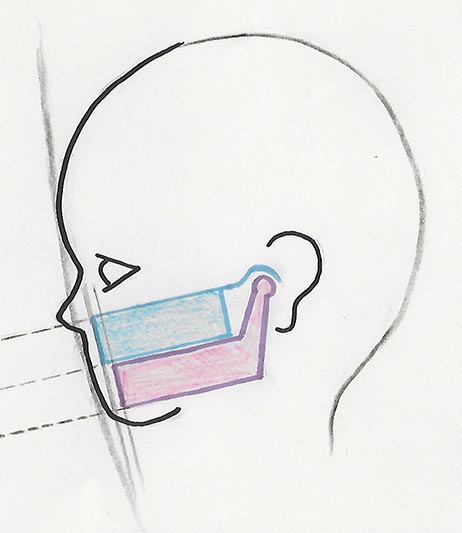

Hoornaert, Kristien P Vereecke, Inge Dewinter, Chantal Rosenberg, Thomas Beemer, Frits A Leroy, Jules G Bendix, Laila Björck, Erik Bonduelle, Maryse Boute, Odile Cormier-Daire, Valerie De Die-Smulders, Christine Dieux-Coeslier, Anne Dollfus, Hélène Elting, Mariet Green, Andrew Guerci, Veronica I Hennekam, Raoul C M Hilhorts-Hofstee, Yvonne Holder, Muriel Hoyng, Carel Jones, Kristi J Josifova, Dragana Kaitila, Ilkka Kjaergaard, Suzanne Kroes, Yolande H Lagerstedt, Kristina Lees, Melissa LeMerrer, Martine Magnani, Cinzia Marcelis, Carlo Martorell, Loreto Mathieu, Michèle McEntagart, Meriel Mendicino, Angela Morton, Jenny Orazio, Gabrielli Paquis, Véronique Reish, Orit Simola, Kalle O J Smithson, Sarah F Temple, Karen I Van Aken, Elisabeth Van Bever, Yolande van den Ende, Jenneke Van Hagen, Johanna M Zelante, Leopoldo Zordania, Riina De Paepe, Anne Leroy, Bart P De Buyzere, Marc Coucke, Paul J Mortier, Geert R
#Collagenopathy with pierre robin sequence series#
Stickler syndrome caused by COL2A1 mutations: genotype–phenotype correlation in a series of 100 patients We detected a novel heterozygous intronic mutation (NM_001854.3:c.3168+5G>A) in COL11A1 that may impair splicing, which was suggested by in silico prediction and a minigene assay. We conducted target resequencing to analyze candidate genes associated with known clinical phenotypes from a 4-year-old girl with Stickler syndrome. Stickler syndrome is a clinically and genetically heterogeneous collagenopathy characterized by ocular, auditory, skeletal and orofacial abnormalities, commonly occurring as an autosomal dominant trait. Kohmoto, Tomohiro Naruto, Takuya Kobayashi, Haruka Watanabe, Miki Okamoto, Nana Masuda, Kiyoshi Imoto, Issei Okamoto, Nobuhiko There was a significant correlation between presenting and final VA (PA) in COL11A1 that may impair splicing, which was suggested by in silico prediction and a minigene assay.Ī novel COL11A1 mutation affecting splicing in a patient with Stickler syndrome Mean preoperative visual acuity (VA) was 20/914, which improved to 20/796 at final follow-up (P=0.81). Retinal reattachment was achieved in 100% of eyes, with ten eyes (63%) requiring silicone oil tamponade at final follow-up. Twelve eyes (75%) developed proliferative vitreoretinopathy. Patients underwent a mean of 3.1 surgical interventions (range: 1–13) with a mean postoperative follow-up of 94 months (range: 5–313 months). Results Sixteen eyes from 13 patients were identified. Patients and methods This study is a retrospective, interventional, consecutive case series of patients with Stickler syndrome undergoing retinal reattachment surgery from 2009 to 2014 at the Associated Retinal Consultants, William Beaumont Hospital. Purpose The aim of the study was to present the long-term anatomical and visual outcomes of retinal detachment repair in patients with Stickler syndrome. Reddy, Devasis N Yonekawa, Yoshihiro Thomas, Benjamin J Nudleman, Eric D Williams, George A Long-term surgical outcomes of retinal detachment in patients with Stickler syndrome Defective collagen molecules or reduced amounts of. genes impair the production, processing, or assembly of collagen molecules. Stickler syndrome provide instructions for making components of collagens, which are complex molecules that give structure and. Genetics Home Reference: Stickler syndrome Audiologists and speech-language pathologists should be familiar with the characteristics associated with Stickler… The manifestations of Stickler syndrome vary considerably among affected individuals. The four most affected systems are craniofacial, skeletal, ocular, and auditory. Stickler syndrome is an autosomal dominant multisystem disease. Genetics and Hearing Loss: A Review of Stickler Syndrome.ĮRIC Educational Resources Information Center develop ear infections than are children with normal facial features. Children who have Stickler syndrome often have distinctive facial features — prominent eyes, a small nose with a scooped.


 0 kommentar(er)
0 kommentar(er)
